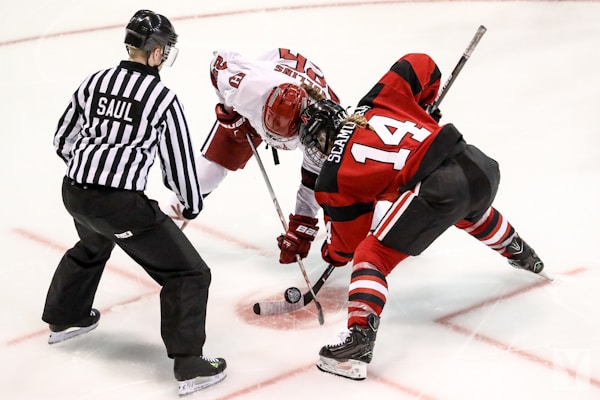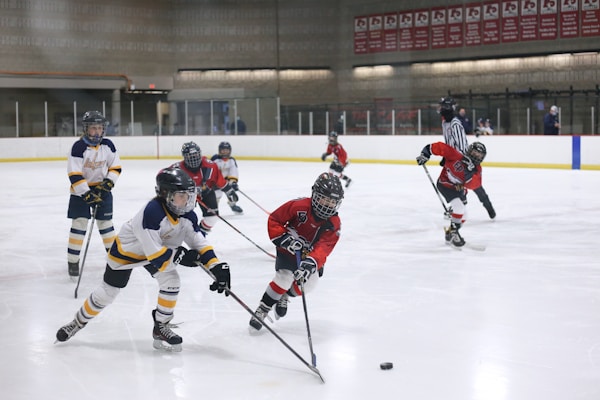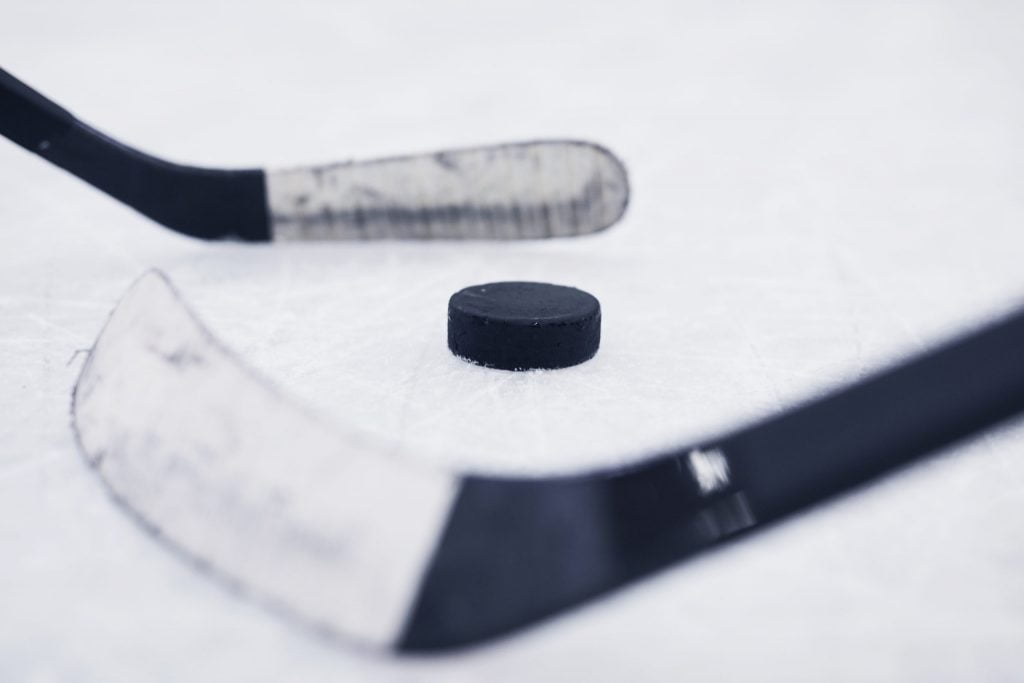There are many reasons why people love hockey. Some people love the physicality of the sport, while others appreciate the strategic aspects of the game. The game has speed and excitement, and it’s hard not to appreciate the athleticism and skill of the players. Hockey is also a global sport, with leagues and teams in many countries around the world. However, it can be confusing to understand the game if you don’t have any experience. Anyone hoping to get into hockey will definitely need to spend some time learning about the different positions and their roles on a hockey team. If you want to learn more, read on to find out about the main positions in hockey.
What are the main positions in hockey?

A hockey team is typically composed of six forwards, two defensemen, and one goaltender. The forward positions are typically broken down into two groups: left-wing, center, and right-wing. The left-wing position is on the left side of the ice, in front of the defenseman. They are typically responsible for taking the puck down the left side of the ice and setting up offensive plays. The center position is in the middle of the ice and primarily looks to control the action in the middle of the field of play. As you might expect, the right-wing position is similar to the left-wing position, but on the opposite side of the ice.
If you want to learn more about a specific player, Jacob Panetta is a high-profile example of a talented hockey forward. Jacob Panetta is a professional hockey player who was born in Sault Ste. Marie, Ontario, Canada in 1995. He is currently a defenceman for the Jacksonville Icemen of the East Coast Hockey League (ECHL). Generally speaking, Jacob can play any of the three forward positions. Which side he plays on depends on the team’s formation and the particular game situation.
Defenseman play on both sides of the ice in front of the goaltender. Their role is to prevent the other team from scoring and clear the puck from their own zone. Goaltenders protect the net and play arguably the most crucial defensive role on a team. Goalies must be able to stay calm under pressure and make important saves when their team needs them the most. They must also have a strong understanding of the game and the players around them in order to make the right decisions.
How can you learn more about hockey?

There are plenty of ways to learn more about hockey if you’re interested in the sport. One great way to start is by watching hockey games on TV, either on national networks like ESPN or NBC or on regional sports networks like Fox Sports or Comcast Sportsnet. If you’re looking to watch hockey games for free, many networks will televise games online or on their apps without a subscription. NBC, for example, offers a few free games each week on its website and app. You can also listen to games on the radio, either on terrestrial stations or online.
Once you’ve learned the positions and started watching games, you’ll want to learn about the rules of the game. The NHL has an excellent website that outlines the basic rules of hockey. There is a broad range of infographics, videos, and articles that explain different aspects of the game on the internet if you know where to look. If you’re interested in learning more about the players, you can find biographies and profiles of some of the best players in the NHL on the league’s website. You can also follow players on social media to get a glimpse into their lives away from the rink.
Hockey is a complex sport with a long history, and there are many resources available to those who want to learn more about it. With so much content available, there’s no shortage of ways to improve your understanding of the game and the players who make it so exciting. Although it may seem intimidating to learn how the sport is played and what each position does, it’s essential if you want to appreciate the experience when you watch hockey. If you follow all of this advice, you’ll be talking hockey like an expert before long.



